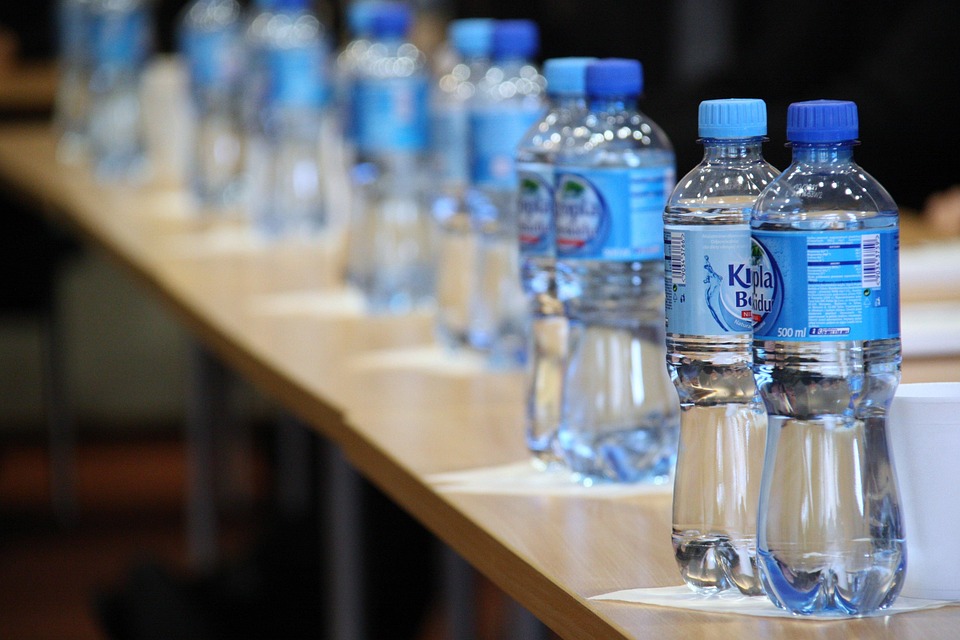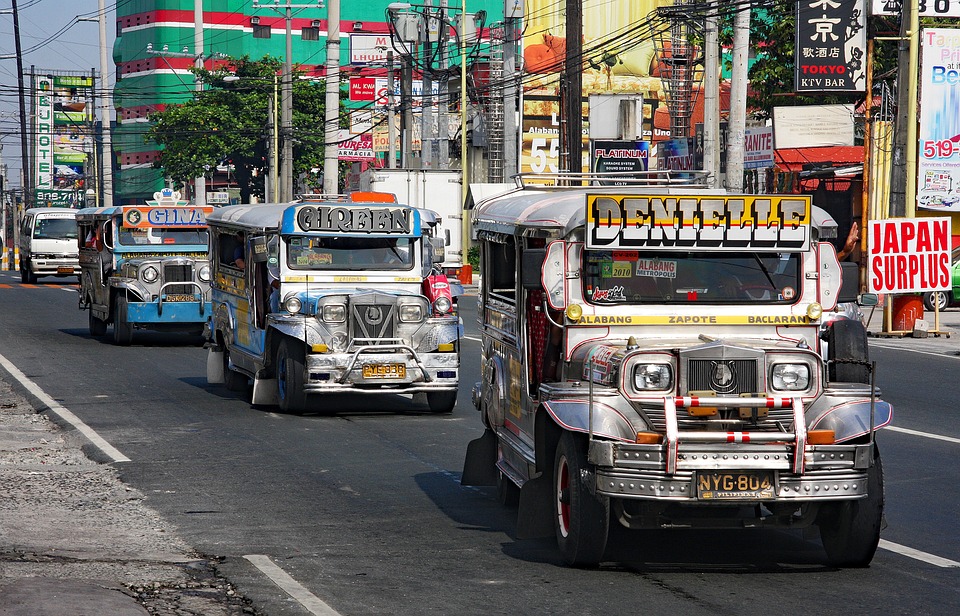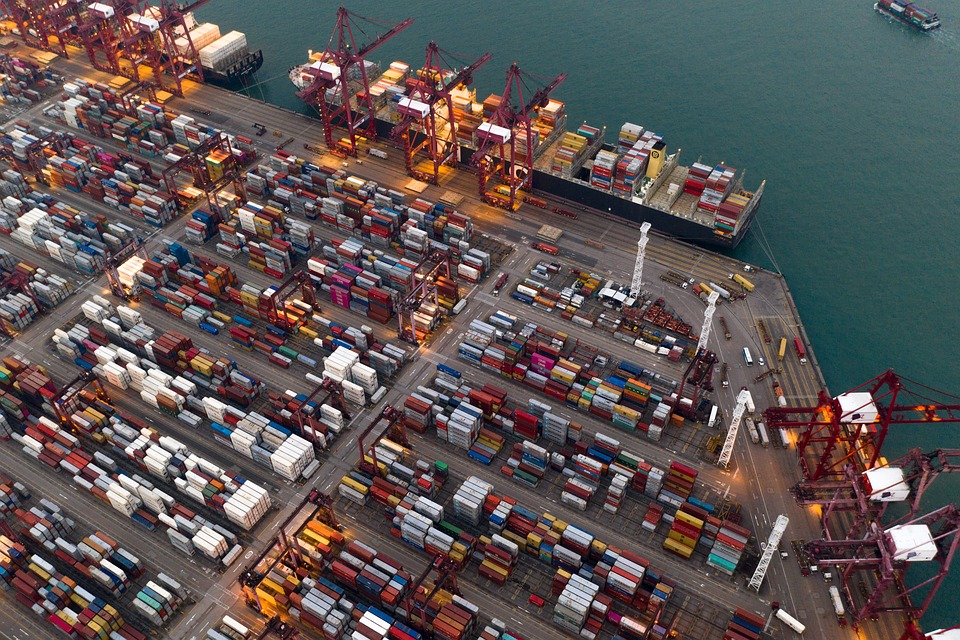Southeast Asia is a key market for China’s plastic product exports. Driven by demographic dividends, rising consumption, and the ongoing shift in manufacturing, demand for plastic packaging, daily-use items, and food containers in the region continues to grow. However, regulations and environmental standards for plastic products vary across Southeast Asian countries. Without an early, well-planned compliance strategy, companies can easily face risks of returns, fines, or even market exclusion.
Below are the essential documents, core certifications, and risk-control points for exporting plastic products to Southeast Asia:

I. Essential Documents: From Basics to Core
1. Basic clearance documents
- Commercial Invoice / Packing List: Specify the plastic category (e.g., PE/PP pellets, food containers, toys), material composition, and intended use (indicate if food-contact). Unit price/quantity must be precise down to the smallest packaging unit.
- Certificate of Origin (CO): Essential for basic customs clearance; recommended to apply concurrentlyフォームE(China-ASEAN Free Trade Area Certificate) allows for a 5%–10% tariff reduction (e.g., Thai plastic toys with FORM E see the tariff drop from 8% to 0%).
- Bill of Lading / Transport Documents: Indicate the HS code; for Southeast Asian ports (e.g., Port Klang, Ho Chi Minh Port), the manifest information must be confirmed in advance.
2. Special Category Documents
- Food Contact Materials Declaration: Tableware, plastic wrap, etc. must be accompanied by a declaration stating “non-migrating substances comply with ASEAN food-contact standards” (e.g., Thai FDA filing).
- Fumigation Certificate: Plastic products with wooden packaging (e.g., pallets) must bear the IPPC mark and be accompanied by a fumigation certificate (mandatory for Indonesia and Malaysia).
- Children's Toy Certification: Plastic toys exported to the Philippines and Vietnam must be accompaniedPS Certification(Philippines) orQCVN Standard Report(Vietnam), small parts present—choking hazard warning required.
- Material Safety Data Sheet (MSDS): For plastic products containing chemical additives (such as flame-retardant materials), a safety statement of their composition must be provided.
II. Regulatory Certification: National Differences and Red Lines
1. Mandatory Certification (by Country)
- Thailand: TISI certification (plastic pellets, pipes) + FDA registration for food-contact materials (e.g., food containers must pass lead/cadmium migration tests).
- Indonesia: SNI certification (plastic bags, toys) requires testing by a local laboratory (e.g., SNI 7319-2019 Toy Safety Standard).
- Malaysia: No mandatory certification, but importers often require itSIRIM Test Report(with emphasis on flame-retardant and eco-friendly indicators).
2. General Compliance Requirements
- ecological red line: Indonesia and Singapore have banned packaging containing microplastics, while Vietnam requires plastic packaging to be printed"Recyclable" label」でした.
- Label Specification: Must be labeledCountry of origin, material (e.g., "PP 5"), production batch number, affix age-grading labels to children's products.

3. Packaging & Logistics: Details Determine Cost
1. Packaging Label
- Mandatory Information: Production date, shelf life (if applicable), country of origin (Made in China), plastic type code (e.g., PP marked "5").
- Localization requirements: Vietnam and Thailand require product instructions to be labeled in the local language; halal food packaging in Indonesia must obtain MUI certification.
- Recycling Symbol: Use the internationally recognized recycling symbol (?) and indicate the material (e.g., PET).
- Reduced packaging: To curb excessive packaging, the Philippines imposes a "packaging waste tax" on air cargo.
2. Logistics Risk Control
- Ocean Freight Notes: Indonesia and the Philippines ports limit container weight to 18 tons per container; overweight cargo must be split into separate containers (e.g., plastic pellets should be kept within 17 tons per container).
- Overseas warehouse pre-positioning: For supermarket channels such as Thailand’s 7-Eleven and Vietnam’s Lotte Mart, pre-stock the Bangkok/Ho Chi Minh warehouses to cut delivery lead time to 72 hours (reducing the risk of unsold inventory).

IV. Cost Reduction and Efficiency Enhancement: 3 Practical Strategies
1. Pre-authentication
Commission SGS or similar organizationsJoint Pre-inspection by Multiple Southeast Asian Countries(Approx. RMB 5,000 per batch), covering multiple standards such as TISI/SNI/PS, to prevent on-arrival returns (Thailand’s spot-check return rate is as high as 12%).
2. Agent Deep Dive
Choose a local “customs clearance + distribution” integrated agent to avoid the risks of fragmented channels.
3. Exchange Rate Lock
Sign with the importerUSD Settlement Agreement(Price adjustment is triggered when the THB/IDR fluctuation exceeds 5%), or payment by sight L/C (payment term compressed from 90 days to 30 days).
In short, companies must adopt “compliance first” as their core strategy—from precisely matching the certifications required by the destination country and optimizing packaging and labeling to building a resilient supply chain, every step demands rigorous attention. Finally, may your export business go smoothly! If you have any other agency service needs in export trade, feel free to contact us!


 カスタマーサービスWeChatをフォローしてください
カスタマーサービスWeChatをフォローしてください